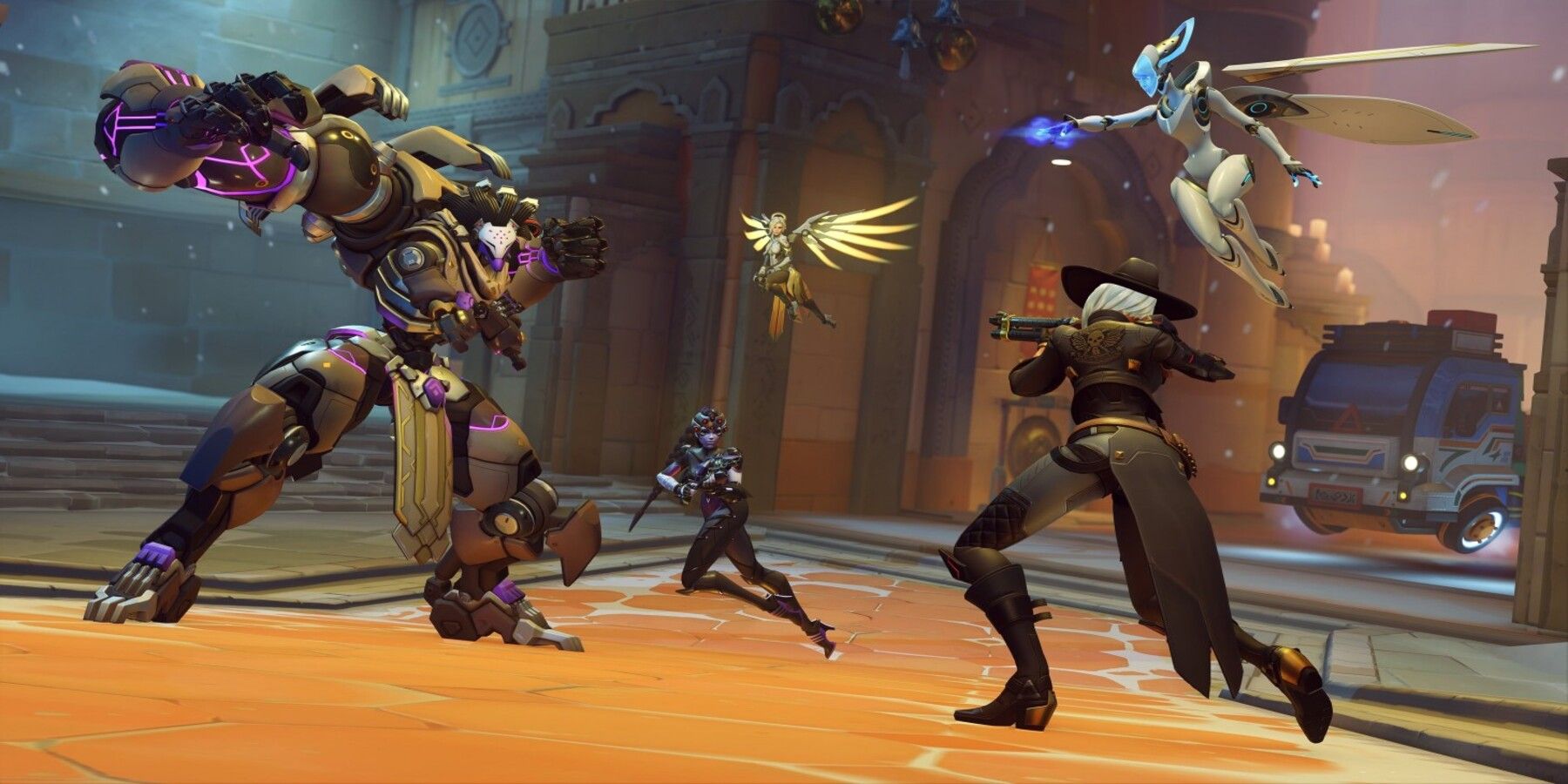Table of Contents Show
“Overwatch,” developed by Blizzard Entertainment, was released in 2016 and the cost of the game was approximately forty dollars. Most of the fundamentals and heroes of the game were transferred over to “Overwatch 2.” However, a significant change is that there are 5v5 matches instead of the original 6v6. Additionally, Jeff Kaplan is no longer the game director after nearly twenty years with Blizzard Entertainment, and Aaron Keller will be taking over (( Kim, Matt. “Overwatch Director Jeff Kaplan Leaves Blizzard Entertainment.” IGN, 20 Apr. 2021. )).
“Overwatch 2” was released in October 2022 and can be played on multiple major platforms such as the PC, Playstation, and Nintendo Switch; it is an online multiplayer first-person shooter game that involves working with your teammates. With its release came a bittersweet ending to the original “Overwatch” and players are not able to play any longer despite having had to pay for a copy.
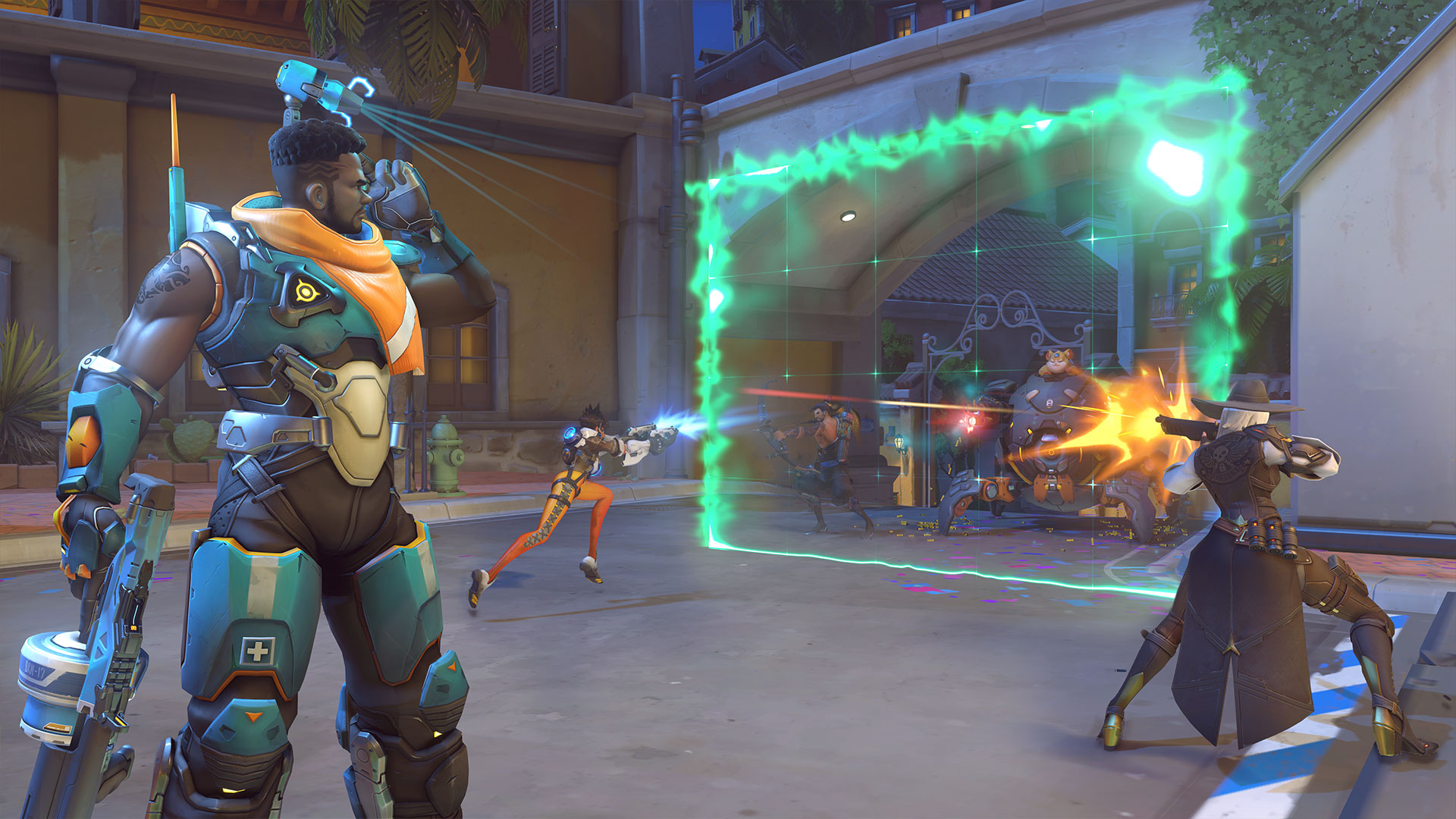
Similar to games like “Team Fortress 2” and “Apex Legends,” there is casual play and competitive play. One can play for fun or take it seriously and rank up, but the most notable aspect of these games is that teamwork is essential, no one can single-handily win the game. In “Overwatch 2,” there are three roles players can choose from: damage, support, and tank. Ideally, a team should consist of two damage heroes, one support, and one tank.
Blizzard revealed that 25 million people had played “Overwatch 2” during the first ten days of its release. During this month, there are nearly 24 million players (( “Overwatch 2,” The Game Statistics Authority: ActivePlayer.io, October 3, 2022. )). Along with the big numbers of players, there are big red flags that some fans see when it comes to in-game purchases.
“Overwatch 2” & Monetization
When Blizzard decided to flip the switch and make “Overwatch 2” free to play, they pushed players to make in-game purchases in order to gain revenue and keep the servers running, but, they might’ve gone too far too soon.
“Overwatch 2” quickly became a meme when people found out that an in-game accessory is more expensive than the “in real life” item (( Shepard, Kenneth. “Blizzard Sells an Overwatch 2 Charm Cheaper in Real Life than In-Game.” IGN, 28 Oct. 2022. )). Basically, it costs more to have the “Pachimari” character accessories on an in-game weapon than buying the “Pachimari” keychain in Blizzard’s merchandise store.
This was not the beginning of Blizzard’s monetization of the popular game. A couple of months before “Overwatch 2” was released, Blizzard shamelessly asked players in a survey if they were willing to spend $44.99 for a Mythic Skin, $24.99 for a Legendary Skin, $29.99 for a legendary bundle, or $9.99 for a weapon charm (( Harradence, Michael. “Overwatch 2 Survey Points to Blizzard Considering $45 Mythic Skins.” PlayStation Universe. )).
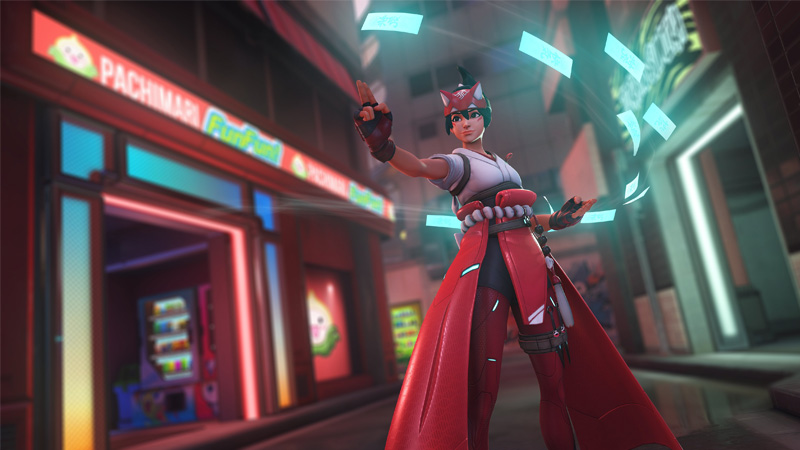
Fans then were fearful of what was going to happen and whether Blizzard was serious about implementing those prices. Fortunately, players’ purchases like skins, emotes, and other cosmetics from the original “Overwatch” can be transferred to “Overwatch 2.”
Some gamers are saying that the game is “pay to win” which is not ideal because using money can get someone to win more or achieve a higher rank rather than skill and practice. But, even if the game is not “pay to win” compared to others, many are annoyed at Blizzard’s desperation to get money every time they try to enjoy the game.
When playing “Overwatch 2,” players are met with the pressure of purchasing the battle pass which lets players unlock more and better rewards each time they level it up. Fans have complained that if they choose not to spend money on it, they will miss out on a big chunk of goodies including newly released heroes like Kiriko, a ninja support. In fact, she is the first support to be released in the game in over three years (( Benjamin, Adam. “Meet Kiriko, Overwatch’s First Support Hero in 3 Years.” CNET. )).
The “Pay to Win” Dilemma
The “Pay to Win” expression origin is unclear but it was brought up during the 2000s (( Anderson, Isaac. “Pay to Win – Meaning, Origin, Usage.” DigitalCultures, 13 Apr. 2021. )) and it was defined in the Urban Dictionary by 2011. The expression is used by many gamers of all ages and game preferences and is most notably used on games that are free to download.
Besides “Overwatch 2,” there is “League of Legends,” “Fortnite,” and “Raid Shadow Legends.” Even if players do not necessarily rank up and win more from making purchases, they can obtain exclusive rewards, characters, and accessories that people who play for free aren’t able to get if they don’t spend hours on the game or they might not be able to get it at all.
“League of Legends” (2009)
“League of Legends”, a multiplayer game developed by Riot, contain skins that can make a champion and/or abilities more difficult to see, giving the player either a slight or big advantage. A famous example is the “iBlitzcrank” skin, where Blitzcrank’s Rocket Grab ability is more challenging to dodge due to its seemingly faster animation and thinner visualization. Another example is the “Arclight Varus” skin, where Varus’s ability hitboxes are tougher to distinguish due to the bright sunlight effect on his arrows.
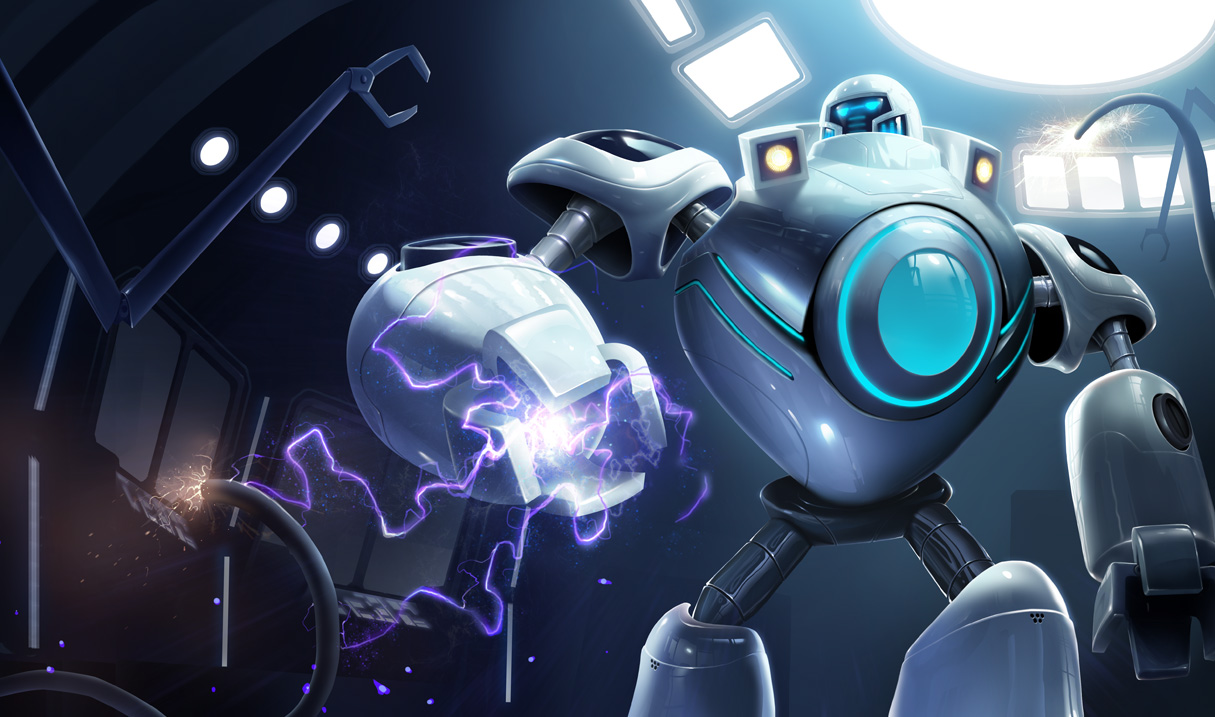
These are only two out of many skins that have visibility issues. Although Riot does not release details on what skins are banned from competitive play, many can only assume that pro players are not able to use certain skins in competitions due to unfair advantages and casters and spectators not being able to distinguish plays efficiently.
“Fortnite” (2017)
Meanwhile, “Fortnite,” developed by Epic Games, has always been famous for its battle-royale mode and in-game currency called “V-Bucks.” Many people speculate Fortnite is played mostly by children who beg their parents for money to purchase skins and accessories that make them look “cool.”
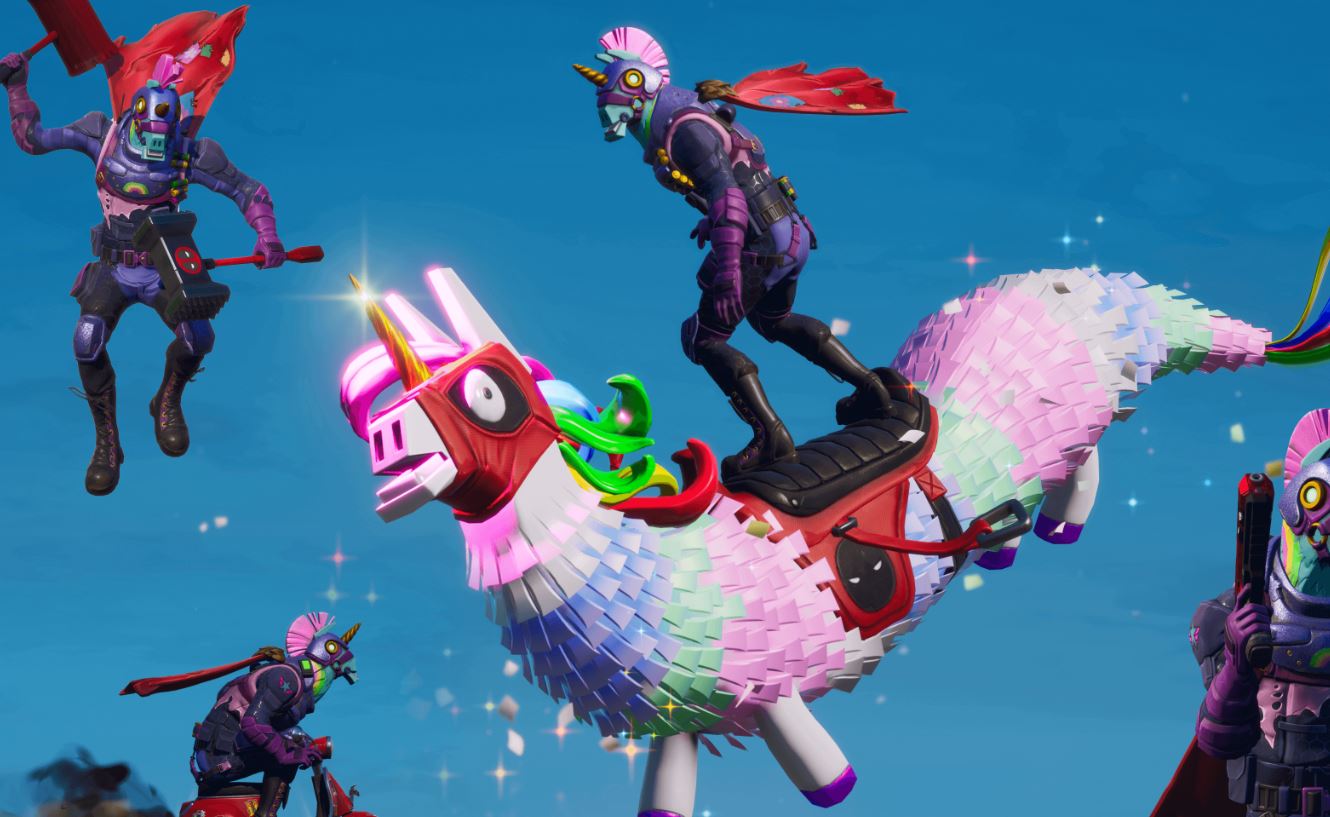
Although these skins and accessories might not make players deal more damage, they similarly have clarity issues to some “League of Legends” skins. For instance, there is a glider called “Dragacorn Glider” that moves in warped shapes, making it difficult for people to shoot the player down compared to a more fixed-moving glider.
“Especially from long range, it’s harder to really keep track of the players that are on top of this thing,”
Youtuber and streamer SypherPK said in a video, demonstrating that other players were having a difficult time shooting him while he was gliding in the air with the hybrid dragon-unicorn. He also emphasized that he saw a lot of pro players using this glider which further emphasized its clear and annoying advantage. Not too long after the commotion, Epic Games updated the glider so it was less chaotic, and many gamers who owned it before the changes scrambled to get their V-Bucks reimbursed.
“Raid: Shadow Legends” (2020)
“Raid: Shadow Legends,” developed by Plarium, is a relatively newer game compared to the rest of the games mentioned. It is predominately known for its advertisements on Youtube and Instagram and many content creators are sponsored by them. Their advisements make viewers feel like they would get amazing characters to play in this role-playing game (RPG), but that is not truly the case.
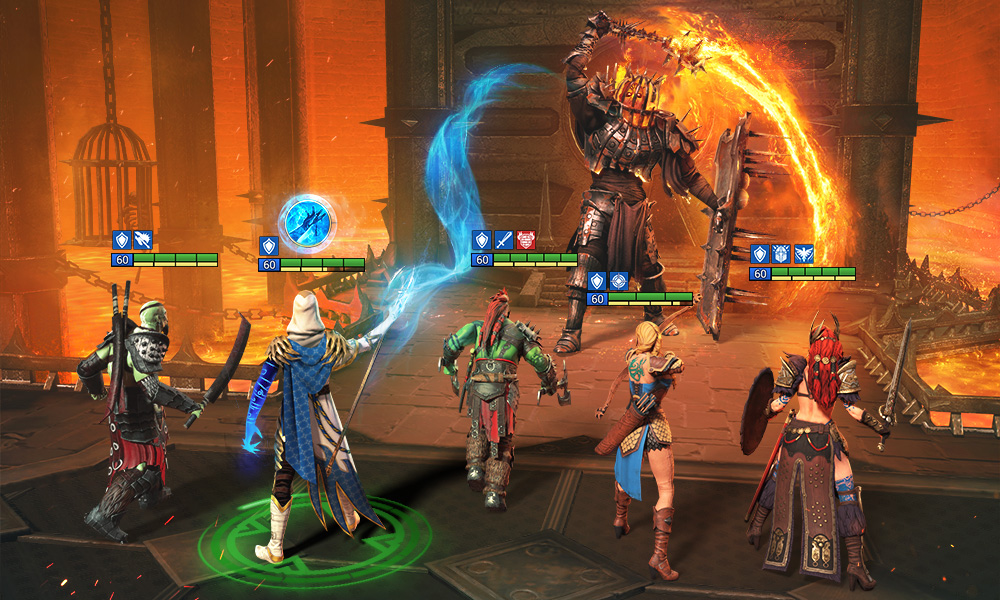
In order to get powerful champions and gear, gamers would have to spend a lot of money (( “Is Raid Shadow Legends Still Pay to Win?.” HellHades, 18 Dec. 2021. )). But, the spoils are not guaranteed because the system relies on a random number generator, best known as “RNG.”
The Future Of “Free-To-Play” Games?
While many people question and criticize “free-to-play” games, developers aren’t exactly forcing people to make these in-game purchases. Of course, their pushy techniques might make playing the game unsettling like walking into a store and the employee keeps recommending you their product in order to get a commission. However, there are opportunities for gamers to get rewards without spending money like grinding the game and possibly spending hours. Even so, there’s a high probability aren’t going to get what they truly want, but maybe this means that gamers will feel extra appreciative and lucky when they get something good.
Fortunately, many games including “Overwatch 2” have more ways than one to obtain rewards and as time goes on, developers can have a deeper understanding of what players love and hate through data like community feedback and statistics. In a recent blog post, Blizzard announced they are reintroducing “Overwatch Credits” which is basically another in-game currency that can unlock skins and cosmetics. They declared that players can “earn up to 1,500 credits as free rewards and another 500 credits as premium rewards spread throughout Season 3 Battle Pass.” Originally, these credits were only given to those who played the first “Overwatch.” Not too bad, right?
Although the “free to play” label on some games may be misleading because of the hidden paywalls, it doesn’t mean that games like “Overwatch 2” can’t be enjoyed. The main aspect of the game is teamwork, not having the most expensive skin. “Overwatch 2” being free can lead to other game developers taking a similar route creativity and gameplay-wise while also allowing cross-platform. Some other games that used to cost money but are now free include “Fall Guys,” “Destiny 2,” and “Counterstrike: Global Offensive.”
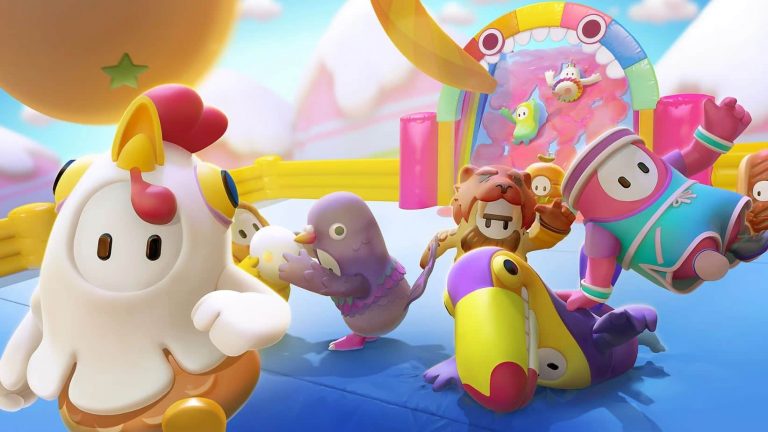
Free-to-play games like these give gamers many more opportunities for fun without commitment. They have opportunities to try out a game without breaking the bank and to see if the game genre is what they’re into. For instance, “Fall Guys,” developed by Epic Games, gave gamers a fresh, colorful, and playful look at the battle royale genre while still keeping the competitiveness.
People can also invite their friends without having to worry if they don’t have access to the game, possibly helping them ignore the less enjoyable aspects of the game like having to grind hours to get a reward or rank.
So, the answer varies, of course, but “free-to-play” games have always been popular and they aren’t going anywhere soon. With some patience, it’s possible that games like “Overwatch 2” can be enjoyed without spending a single penny.
Can Fans Truly Enjoy These Games Without Spending a Buck?
Although the “Overwatch 2” release of the game was successful, drawing in returning and new players due to its “free-to-play” premise, gamers soon discovered that the game was highly monetized. This leads us to ask: can games such as “Overwatch 2” still be enjoyable despite these limitations?
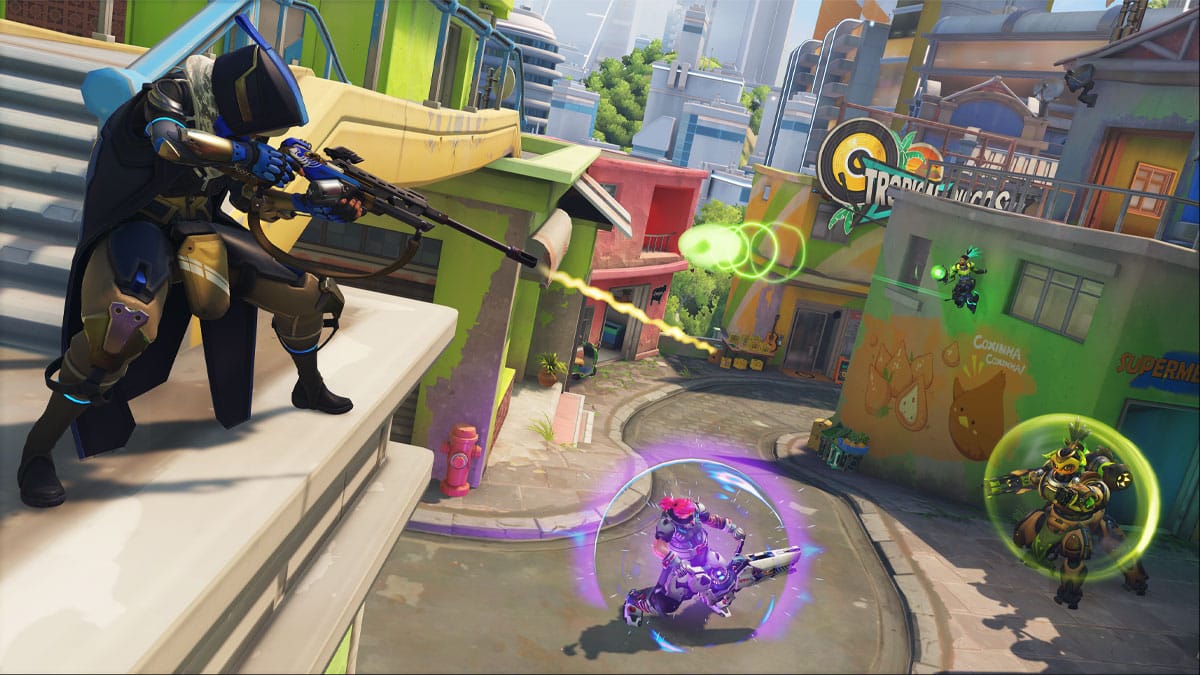
In an interview with GameSpot, “Overwatch 2” director Aaron Keller stated,
“So by going free-to-play with “Overwatch” we are not just giving people a different way of interacting with the game; the development team itself is thinking about the way we create and release content in a totally new way.”
Maybe making “Overwatch 2” free is pushing game developers to expand their horizons. With new maps, hero redesigns and reworks, and a seasonal structure, fans might have a more fun time playing the game because there is something unique to look forward to.
